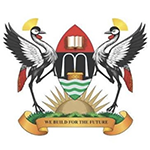Detailed introduction of Makerere University:
Basic Overview
Founded: 1922.
Geographical Location: Located in Kampala, the capital of Uganda, on the Makerere Mountain, with a superior geographical location.
Nature of institution: Public university.
School Category: Comprehensive research university.
School Size: It has three campuses, offers 145 undergraduate courses and 139 postgraduate courses, with approximately 35,000 undergraduates and 3,000 postgraduates.
School Logo: The school motto is "we build for the future", which reflects the school's commitment to cultivating talents for the future and promoting development.
School Makerere University
Historical Evolution
Founded in 1922 as the Uganda Institute of Technology, it was renamed Makerere College in the same year. It initially mainly taught handicrafts and vocational skills.
In 1935, it became the center of higher education in East Africa.
In 1949, it became an affiliated college of the University of London, offering courses leading to the general degree of the University of London.
In 1963, the University of East Africa was established with the University of Nairobi in Kenya and the University of Dar es Salaam in Tanzania, ending the special relationship with the University of London and establishing the University of East Africa degree.
In 1970, it became an independent national university in the Republic of Uganda according to the Act of Parliament and was renamed Makerere University.
In 2011, it was changed from a department system to a college system.
School Strength
Faculty: It has a high-quality faculty, including experts and scholars with outstanding achievements in various disciplines, providing students with high-quality teaching and guidance.
Research results: It has carried out extensive and in-depth research in many fields such as agriculture, medicine, social sciences, and natural sciences, and has achieved a series of important results, providing important intellectual support and technical support for the development of Uganda and surrounding areas.
Educational philosophy: Focus on cultivating students' comprehensive quality and innovation ability, emphasize the combination of theory and practice, and is committed to providing students with comprehensive and high-quality education, so that they can quickly adapt to social needs after graduation, become outstanding talents in various fields, and contribute to social development.
Key laboratories and disciplines
Key disciplines: Agricultural and environmental sciences, clinical medicine, immunology, infectious diseases, public health and other disciplines have outstanding performance. In the US news ranking, clinical medicine ranked 440th, immunology ranked 166th, and infectious diseases ranked 88th.
Laboratories: It has many advanced laboratories, such as medical research laboratories, agricultural science laboratories, etc., which provide good conditions for scientific research.
Faculties and colleges
College settings: Makerere University has 9 colleges and 1 business school, namely the College of Natural Sciences (CONAS), the College of Health Sciences (CHS), the College of Engineering, Art and Design (CEDAT), the College of Agricultural and Environmental Studies (CAES), the College of Business and Management Sciences (COBAMS), the College of Humanities and Social Sciences (CHUSS), the College of Computing and Information Sciences (COCIS), the College of Veterinary Medicine, Animal Resources and Biosafety (COVAB), the College of Education and External Studies (CEES) and the Makerere University Business School (MUBS).
School ranking
2021 Times Higher Education World University Rankings: 5th in Africa, 401-500th in the world.
2022-2023 US news Global Best University Rankings: 757th in the world, 23rd in Africa.
Study abroad costs
Master: 2 years, tuition fee is about $12,000/year.
PhD: 3 years, tuition fee is about $17,000/year.
Campus environment
Architectural style: The campus has a variety of architectural styles, including ancient European buildings, modern teaching buildings and scientific research facilities, forming a unique campus landscape.
Green environment: The campus is well greened, with lush trees and flowers, providing students with a beautiful and comfortable learning and living environment.
Facilities: The school has complete teaching facilities, libraries, gymnasiums, student dormitories, etc. to meet the learning and living needs of students. In addition, the school also provides free Wi-Fi to facilitate students to study online and consult information.
-
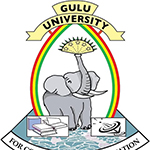
Gulu University
-

Bishop Stuart University
-
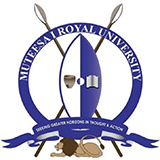
Muteesa I Royal University
-

Uganda Christian University
-

International Health Sciences University
-

Busoga University
-
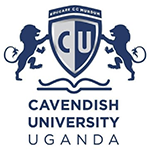
Cavendish University Uganda
-
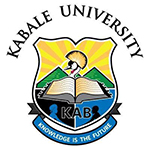
Kabale University
-
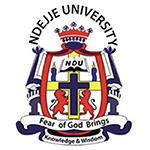
Ndejje University
-
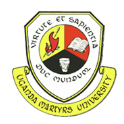
Uganda Martyrs University
-

Mesoamerican University
-

Istmo University
-

Mariano Galvez University of Guatemala
-

Regional University of Guatemala
-

Galileo University
-

Francisco Marroquín University
-

Rafael Landívar University
-

University of the Valley of Guatemala
-

University of San Carlos of Guatemala
-

Technological Institute of Tlaxcala Plateau
-

Golfo University
-

Technological University of South Sonora
-

Technological University of Huejotzingo
-

Tizimín Institute of Technology
-

Chilpancingo Institute of Technology

